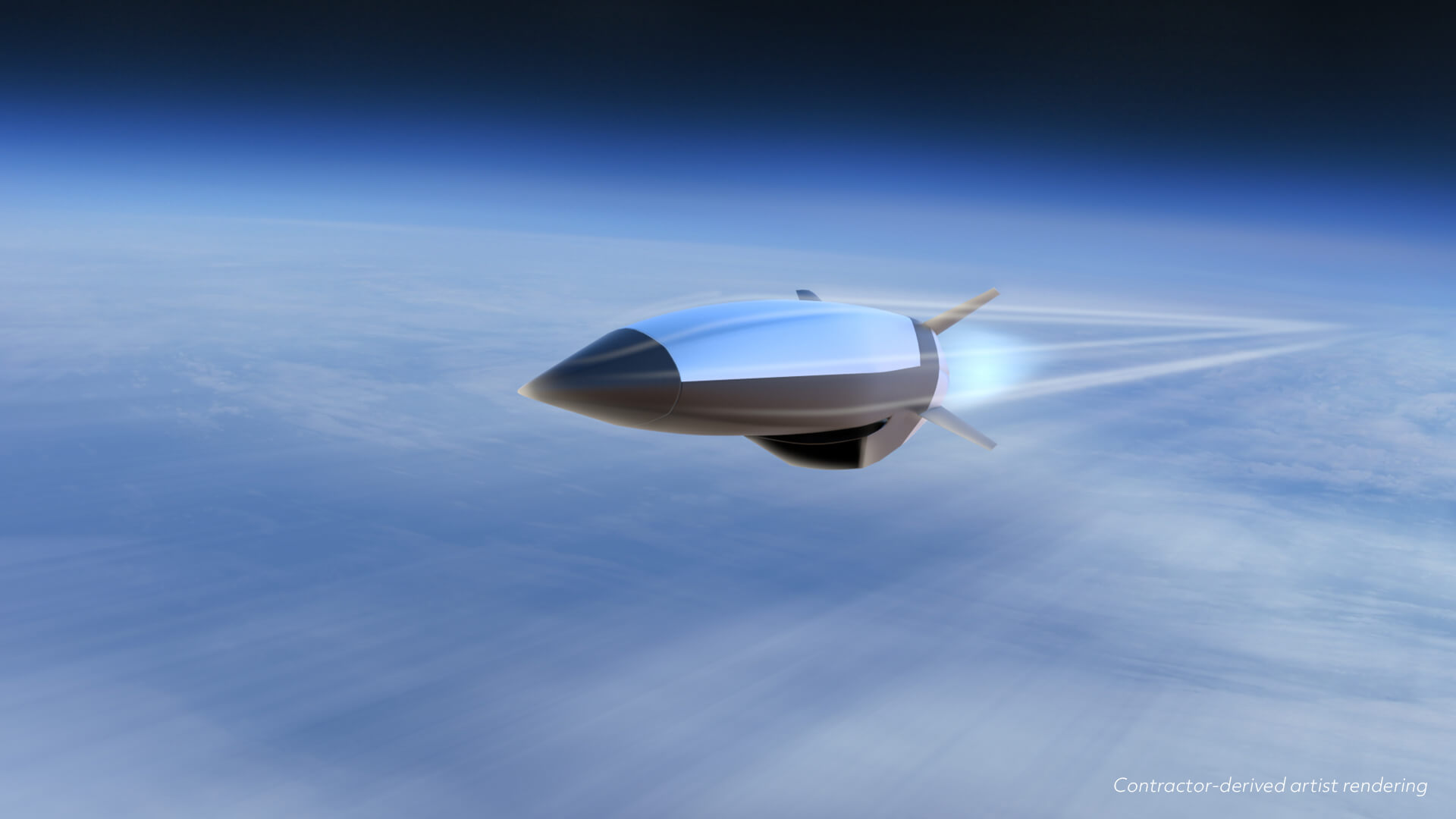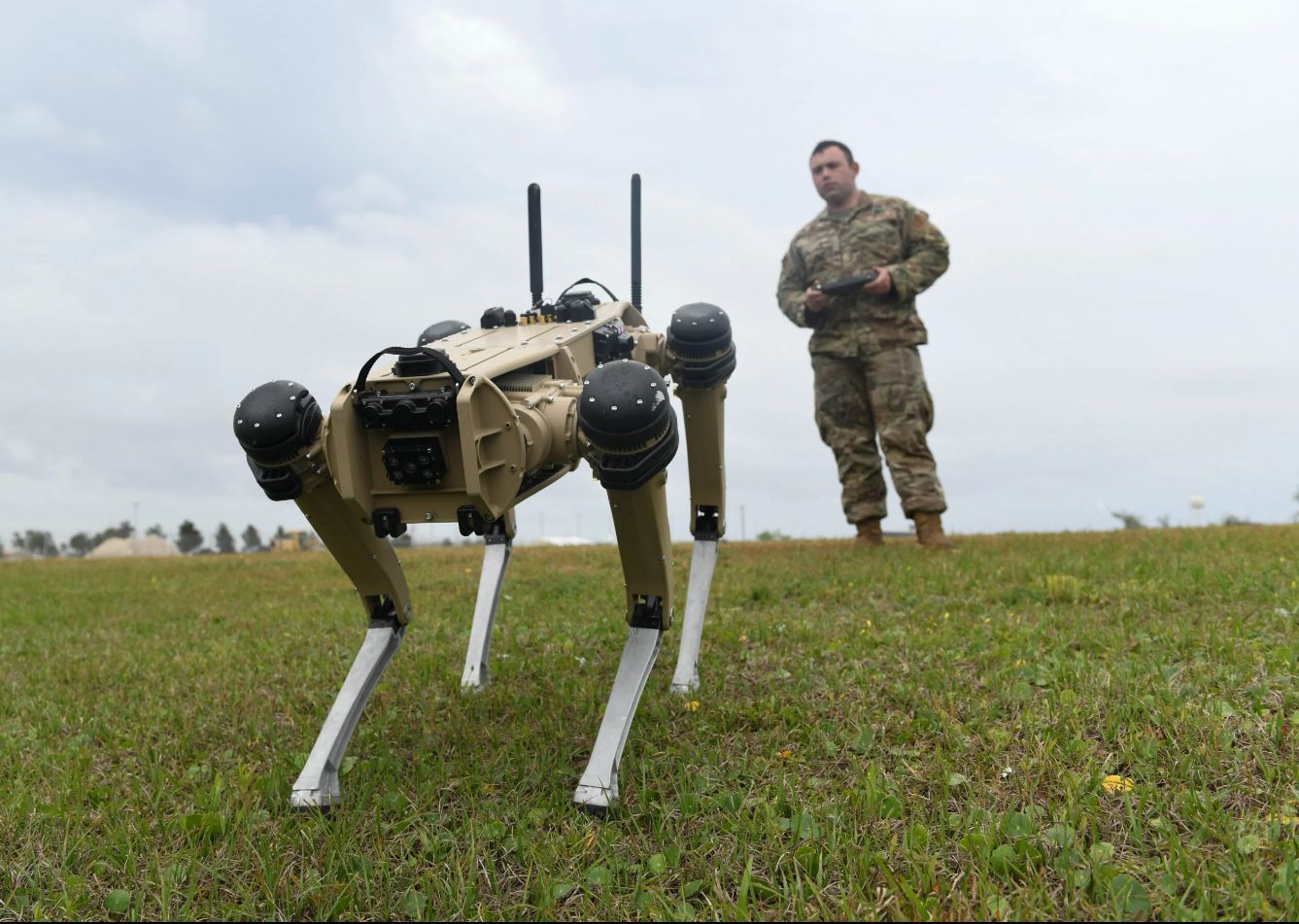Prakash Nanda
Anytime now, the US will release its “National Defense Science and Technology Strategy.” The draft is ready and waiting for the final clearance of US Defense Secretary Lloyd Austin.
However, Austin’s Under Secretary of Defense for Research and Engineering, Heidi Shyu, has given enough indications that “to counter threats from adversaries, including China and Russia,” the Pentagon will showcase, through this strategy, three main focus areas: joint operations; creation and deployment of capabilities at speed and scale; and establishment of an enduring advantage through the cultivation of talent and pursuit of basic research.
“We are implementing this strategy in the President’s FY24 budget request, which continues historic levels of investment in research and development,” Shyu told members of the House Armed Services Committee’s Cyber, Innovative Technologies and Information Systems subpanel lawmaker recently.
“It prioritizes the delivery of near-term capabilities at speed and scale; direct support to joint warfighting concepts; and building the science and technology foundation for tomorrow,” she added.
It may be noted that President Joe Biden’s US$886.3 billion fiscal 2024 defense budget request includes as large as US$145 billion for research and development into emerging technologies to create new weapons systems using artificial intelligence (AI), hypersonic munitions, and electromagnetic swarms.
Interestingly, the US$886.3 billion FY24 defense request includes US$842 billion for the Pentagon with emphasis on the “growing multi-domain threat posed by the People’s Republic of China (PRC),” which the DoD (Pentagon) has again named the nation’s most pressing “pacing challenge.”
It is said that the proposed US$145 billion research, development, test, and evaluation (RDT&E) budget is up 12% from this year, with the Air Force receiving one-third of the requested outlay. The Science and Technology component of the RDT&E budget request is US$17.8 billion, up 8.3 percent over this year’s US$16.5 billion budget.
Significantly, the Pentagon’s seriousness on emerging technologies has come in the wake of mounting criticisms from many quarters that there is always a big gap between what the US government says and does.
“In our time serving in the Defense Department, we have found that the United States does not have an innovation problem, but rather an innovation adoption problem,” the Atlantic Commission, a Washington, DC-based think tank, said in an interim report released on April 12.
“Our nation leads in many emerging technologies relevant to defense and security — from artificial intelligence and directed energy to quantum information technology and beyond. But the DoD struggles to identify, adopt, integrate, and field these technologies into military applications,” it added.
It is against this background that Shyu has highlighted the Defense Department’s Rapid Defense Experimentation Reserve, or RDER, leading advanced demonstrations to address high-need capability gaps.
A second priority, according to her, is transitioning technology demonstrated in experimentation campaigns, including RDER, into the hands of military users. Shyu has assured that her office is working closely with the Pentagon’s acquisition and sustainment team to field those capabilities quickly.
Reportedly, among prospective products and systems calling for funding in the FY24 spending request by the Biden Administration are a “rocket cargo” transport that can move 100 tons of cargo anywhere on Earth within an hour, a counter-swarm electromagnetic weapon that can disable drones and be powered from a wall plug; a rotating detonation engine without moving parts; a “pop-up hide” that can make Marines disappear in plain sight; and a Predictive Vehicle Activity for Identification and Location program that “will bring a novel approach to automated target detection and recognition.”
Incidentally, all the above, for which the Pentagon will be spending nearly $150 billion, are manifestations of what is called “disruptive military technologies.” These are characterized by the widespread application of cyber-physical systems such as intelligent network systems, big data analytics, the Internet of Things (IoT), cloud computing, additive manufacturing (3D printing), hypersonic weapons, biotechnologies, energy technologies, and new materials. Hypersonic Missile/File Image
Hypersonic Missile/File Image
 Hypersonic Missile/File Image
Hypersonic Missile/File Image3D printing technology, or additive manufacturing (AM), involves creating three-dimensional structures from plastics, metals, polymers, and other materials.
This is an attractive technology for process improvement within the armed forces as it is cost-effective, and it is possible to produce the parts at the unit level, reducing the pressure on the logistics department. The process of 3D printing involves the production of a product, including an aircraft or spacecraft, based on digital technology, and the products are much lighter in weight.
In short, disruptive technologies bring about a quantum change in how future wars are fought. Enhancement in digital technologies like AI, ML, Big Data, the Internet of Military Things (IoMT), and Geographic Information System (GIS) is bound to change how information is acquired, collated, analyzed, and disseminated.
These technologies will be assimilated into domains of lethal autonomous weapon systems, unmanned patrolling, ISR, threat modeling, war game simulation and training, supply chain and logistics, and predictive maintenance.
Incidentally, it is not the United States alone which is trying to catch up with China and Russia in the race to master disruptive technologies.
The European Defense Agency (EDA) has identified six particularly disruptive technologies – quantum-based technologies; artificial intelligence (AI); robotics and autonomous weapons systems; big data analytics; hypersonic weapons systems and space technologies; and new advanced materials – on which its member states are being asked to spend at least 2 percent of their respective defense expenditures. File Image: Robotic Dogs
File Image: Robotic Dogs
 File Image: Robotic Dogs
File Image: Robotic Dogs“EDA Member States only spent €2.5 billion on research & technology (R&T), amounting to only 1.2 percent of total defense expenditure; this is despite the fact that, under permanent structured cooperation (PESCO) commitments, participating EU Member States have agreed to aim for two percent,” according to an EU release.
Besides, the European Defense Fund (EDF) allocates 4 percent to 8 percent of its annual budget to emerging Defense Technologies (EDTs). In the 2022 EDF call, €40 million (4.3 percent of the budget) is envisaged for EDT research, with another €54.1 million for non-thematic R&D for small and medium-sized enterprises, which could potentially also address EDTs.
Similarly, the fear of China has played a massive role in Japan increasing its defense budget this year to 6.8 trillion yen ($52 billion), 26 percent higher than the budget for 2022. And here, Tokyo will earmark $26 billion for military research and development over the next five years. Its stated focus areas include hyper-velocity gliding projectiles and hypersonic missiles.
How is the Indian military coping with the challenge of emerging disruptive technologies from China? A study released this month by the Observer Research Foundation to answer this question says India has much to catch up on.
As it is, Indian defense budgets do not have much for R&D. However, Prime Minister Narendra Modi often talks of the need to combine the third and fourth industrial revolutions in military capabilities (disruptive technologies are associated with the fourth industrial revolution).
The ORF study, authored by researchers from the Observer Research Foundation and the Institute of South Asian Studies, the National University of Singapore, explores nonetheless how the Indian military is dealing with the challenges and opportunities provided by four critical emerging technologies—i.e., Autonomous systems, Cyberwarfare, Space, and AI—in transforming its warfighting potential and strategy.
The study reveals that the Indian military is taking the importance of AI and cyberwarfare seriously. It is realizing the impact of AI on the future of warfare, whether in beefing up its firepower, increasing the accuracy of platforms, speeding up its decision-making processes, augmenting its ISR capabilities, and generating more efficiency in its logistical processes.
India is also leveraging its foreign policy to augment its AI capabilities through collaboration with various countries with advanced AI bases. However, India’s cyber warfare capabilities and the emerging role of cyber weapons in India’s defensive and offensive military strategies are inappropriate, the study implies.
Even as India faces formidable cyber adversaries and has been a target of their cyber operations, the Indian establishment has focused inordinately on defensive cyber operations. The cyber offense has not made inroads into the deterrence calculus.
However, things may change sooner rather than later as a major country like India cannot afford to slacken in the field of disruptive technologies. The ongoing war in Ukraine has shown how robotics and autonomy, quantum computing, cyber warfare, and AI can shape the future of conflicts.
If the US, European powers, and Japan are forced to weaponize these technologies so that China and Russia do not monopolize them, India’s military planners cannot remain oblivious to this reality.
No comments:
Post a Comment